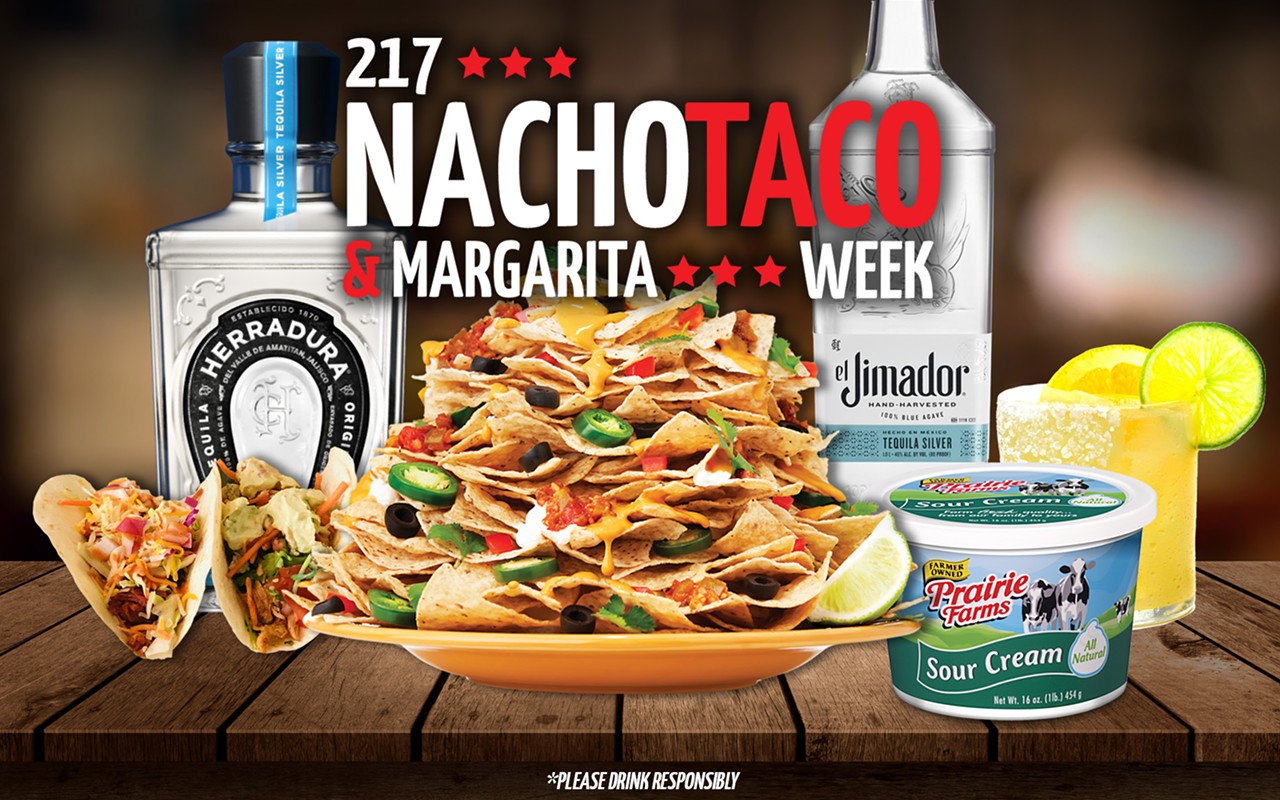When I was growing up Sunday dinner at home was nothing special, just a bit fancier than the TV dinners in compartmented foil pans that we had on most weeknights.
Sunday dinner at my wife’s grandmother’s house, on the other hand, was always like a scaled-down version of Thanksgiving. At the center of the meal would be a roast of some sort, surrounded by a big bowl of seasonal salad, multiple vegetable dishes, potatoes, gravy and rolls. On deck would be pie, cake or bread pudding. Gluttony was perfectly acceptable, in fact, encouraged. “Here - help yourself to some more.” “Oh no. I couldn’t eat another bite!” “You sure? There’s plenty.”
Nana was a glorious and intuitive cook and I looked forward to every Sunday dinner … except for when she roasted a leg of lamb. I just couldn’t deal with the gamey taste. (The accompanying lamb gravy, however, was delicious, especially over the roasted potatoes.)
Because I hated lamb, my wife never served it. Then one day we were invited to Sunday dinner at the home of some folks we had met from New Zealand and politeness forced me to confront my lamb aversion. And, to my amazement, it was actually quite tasty! Whether it was because the lamb was younger than what Nana cooked or because it was served medium-rare rather than well-done, it was absolutely delicious! Lamb is now one of my favorite proteins.
I was surprised to learn the average American only eats an average of 0.8 pounds of lamb per year and that number is declining while we eat more than 100 pounds of chicken per year. Most lamb in the U.S. is consumed by minority ethnic communities: Greek, Muslim and Indian.
The dietary protocol that I’ve adopted, which has worked so well for me, dictates that I get most of my animal-based protein from fish, fowl and eggs; minimize my consumption of red meat; and, whenever possible, choose grass-fed over meat raised on corn and grain. Fish, fowl and pasture-raised animal products are good sources of omega-3 fatty acids. This fatty acid, which is lacking in most American diets, helps reduce inflammation throughout our body and is crucial for eye, heart and brain health. Lamb, as opposed to beef, is pasture-raised and grass-fed by default. Lamb provides five times more omega-3 fatty acids than beef and has levels comparable to salmon.
The unsettling footage shot inside large-scale animal processing plants that was shown in the Oscar-nominated documentary Food Inc. has scared me away from most commercially-available meat. So, these days, when I’m hungry for red meat I choose lamb over beef and whenever possible I always seek out local farm-to-table sources. Like the restaurant scene from the TV show “Portlandia” in which the server is sharing with the diners a photo and bio of Colin, the chicken they are about to consume, I recently found myself at Willow City Farm getting up close and personal with the lambs that would soon become my burger.
Willow City Farm, located 12 miles west of downtown Springfield, is an idyllic setting and a model for permaculture and sustainability. Located off Farmingdale Road, the farm was formerly known as the 1884 Bomke Homestead. As I stood in the pasture being nuzzled by sheep, a cow, a miniature horse and a little kitten, I was deeply moved by its peacefulness. Owner Tara Davlin Holcomb tells me they all know their names and come when they are called. “They have a great life here, except for one bad day,” she explains. When she first moved to the farm four years ago, the pasture had been vacant and overgrown. Needing a way to rid the pasture of thorns, thistle, poison ivy and weeds, “we chose herbivores over herbicides.” The sheep graze on the grasses close to the ground and the goats eat the tall stems the sheep leave behind. The sheep droppings fertilize the soil and repel deer.
Lamb meat is more tender than beef or pork. Ground lamb has a tendency to char and burn, so I like to cook it over medium heat, and, if grilling, slightly off to the side of the heat source. It is best when only slightly pink inside, about 160 degrees. Ground lamb lends itself well to added herbs and aromatics. In the spirit of “variety is the spice of life,” I’ve borrowed from several of the world’s grilling cultures to up my burger game.
UZBEKISTAN-STYLE LAMB BURGERS
• 1 pound ground lamb
• ½ medium onion, finely chopped
• 3 tablespoons chopped fresh, flat-leaf parsley
• 1 ½ teaspoons ground coriander
• ¾ teaspoon ground cumin
• 1 teaspoon kosher or sea salt
• ½ teaspoon freshly-ground black pepper
TURKISH-STYLE LAMB BURGERS
• 1 pound ground lamb
• 1 medium ripe tomato, seeded and finely diced
• 1 jalapeno, seeded and finely diced (for hotter burgers, leave the seeds in)
• 1-2 cloves garlic, minced
• 3 tablespoons chopped fresh, flat-leaf parsley
• 1 teaspoon kosher or sea salt
• ½ teaspoon freshly-ground black pepper
MOROCCAN-STYLE LAMB BURGERS
• 1 pound ground lamb
• ½ medium onion, finely chopped
• 1 tablespoon finely-chopped fresh mint
• 1 tablespoon finely-chopped cilantro
• 1 tablespoon chopped fresh, flat-leaf parsley
• 1 teaspoon kosher or sea salt
• ½ teaspoon ground cumin
• 1 teaspoon paprika
• ½ teaspoon freshly-ground black pepper
INDIAN-STYLE LAMB BURGERS
• 1 pound ground lamb
• 3-inch piece of ginger, peeled and finely chopped
• ½ medium onion, finely chopped
• 1 Serrano chile, seeded and finely diced (for hotter burgers, leave seeds in)
• 2 tablespoons finely-chopped cilantro
• 2 teaspoons garam masala
• 1 ½ teaspoons ground coriander
• 1 teaspoon cayenne pepper
• 1 teaspoon kosher or sea salt
GREEK-STYLE LAMB BURGERS
• 1 pound ground lamb
• ¼ cup breadcrumbs or Panko
• 1 scallion, minced
• 1 garlic clove, minced
• ¼ cup finely-chopped fresh mint
• 1 egg, lightly beaten
• ½ cup crumbled feta
• 1 teaspoon kosher or sea salt
• ½ teaspoon freshly ground black pepper
Combine ingredients with a wooden spoon or wetted hands.
Form into patties.
Set up a grill for direct grilling with a cool zone (or, alternately, heat a cast iron skillet and coat with a thin film of olive oil).
Cook until cooked through and well-browned, about 4 minutes per side.
Lamb 101
[
{
"name": "Air - MedRect Combo - Inline Content 1",
"component": "11490391",
"insertPoint": "3",
"requiredCountToDisplay": "1",
"parentWrapperClass": "fdn-ads-inline-content-block"
},{
"name": "Air - MedRect Combo - Inline Content 2",
"component": "11490392",
"insertPoint": "7",
"requiredCountToDisplay": "5",
"parentWrapperClass": "fdn-ads-inline-content-block"
},{
"name": "Air - MedRect Combo - Inline Content 3",
"component": "11490393",
"insertPoint": "12",
"requiredCountToDisplay": "9",
"parentWrapperClass": "fdn-ads-inline-content-block"
}
]
Illinois Times has provided readers with independent journalism for almost 50 years, from news and politics to arts and culture.
Your support will help cover the costs of editorial content published each week. Without local news organizations, we would be less informed about the issues that affect our community..
Got something to say?
Send a letter to the editor and we'll publish your feedback in print!


















